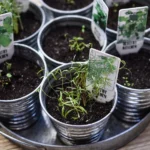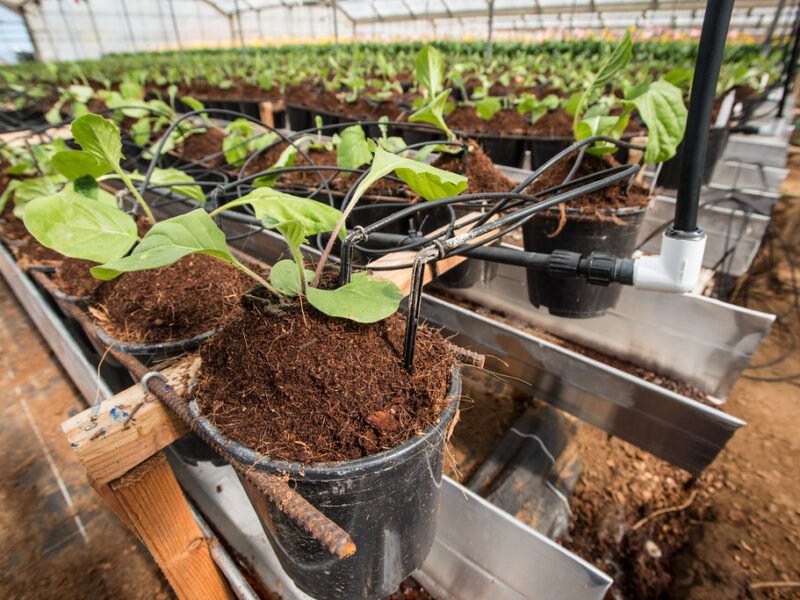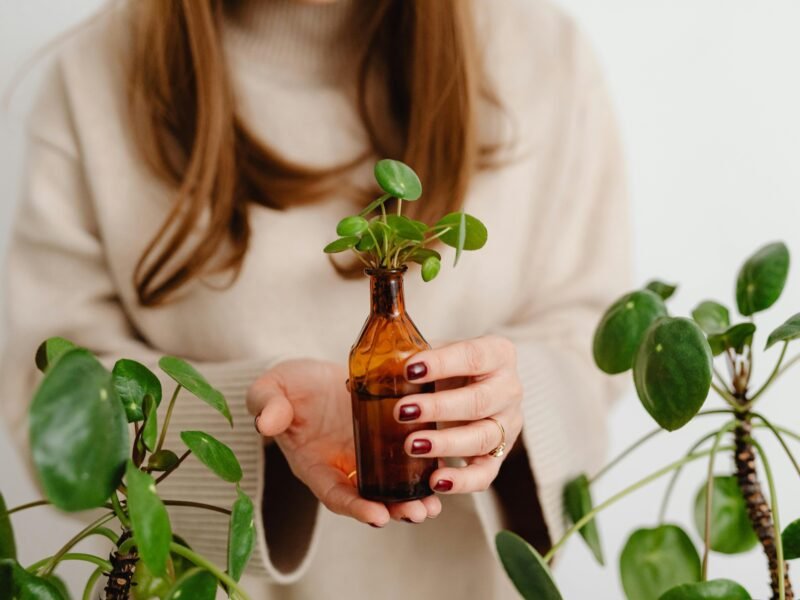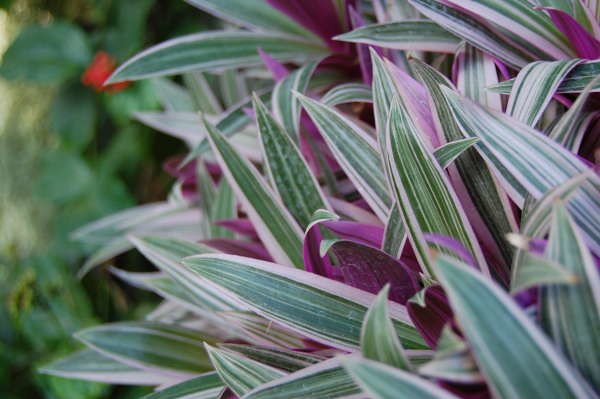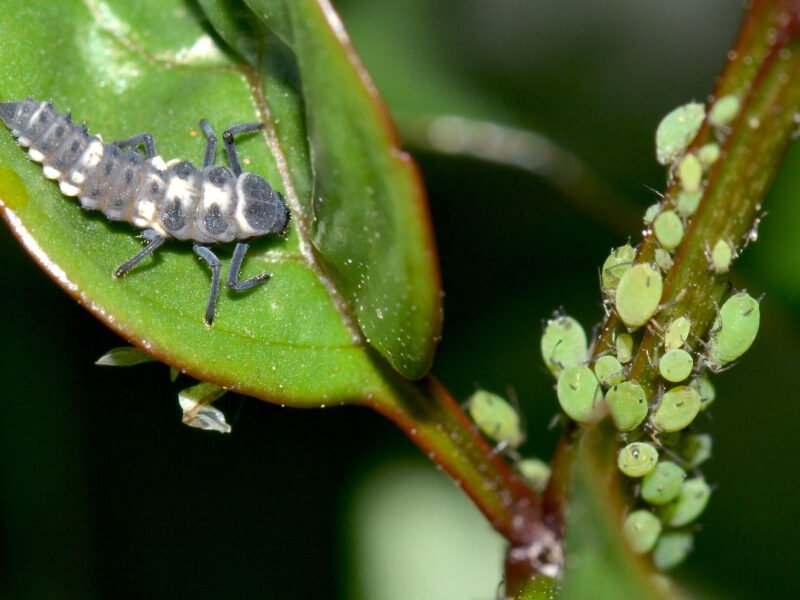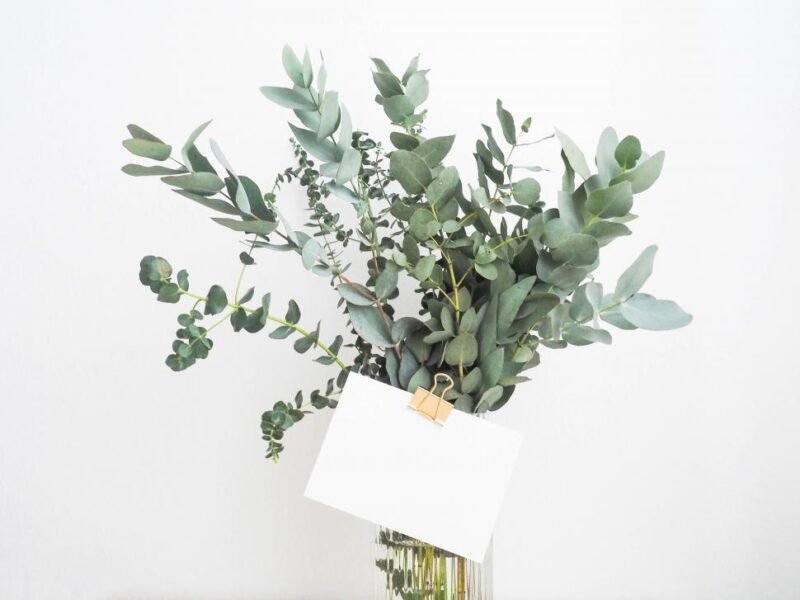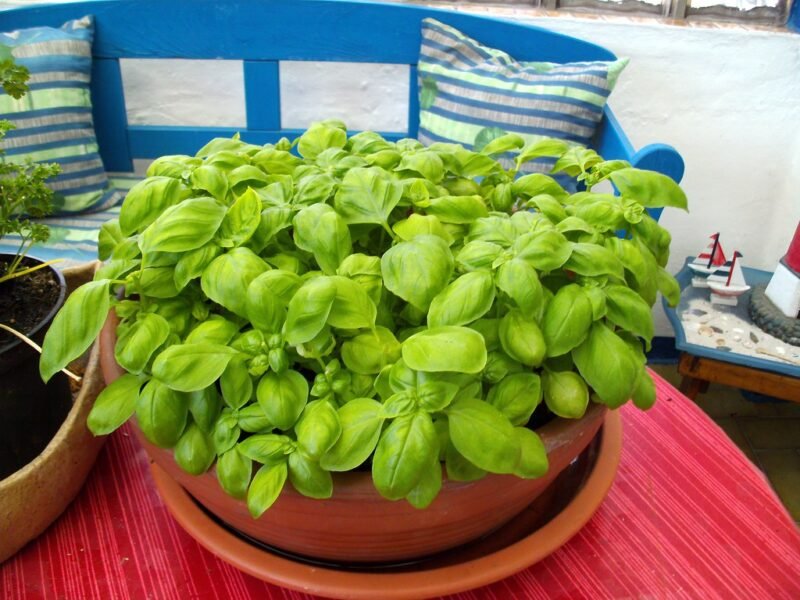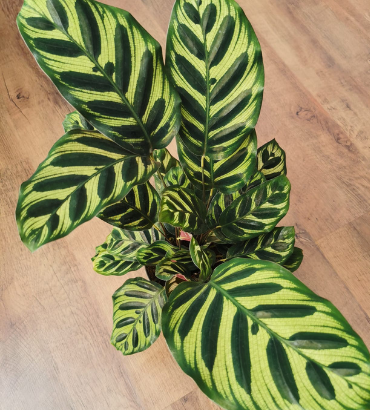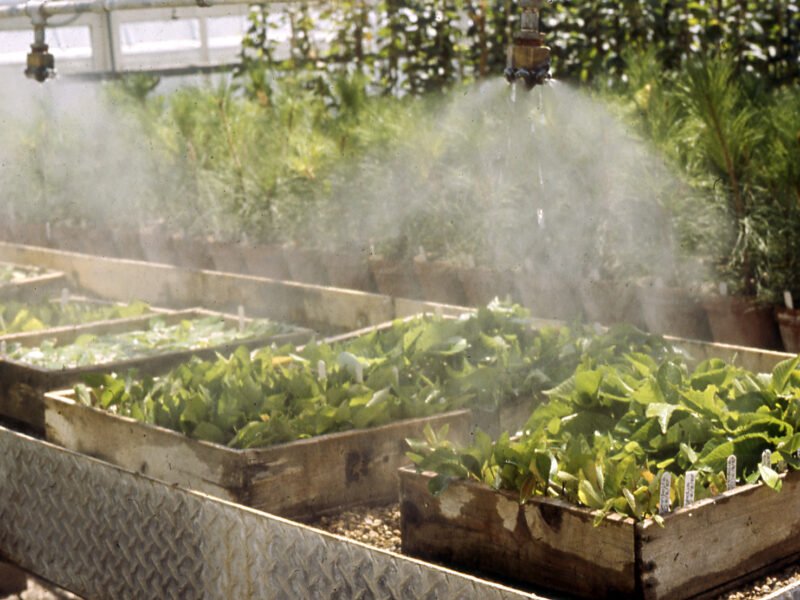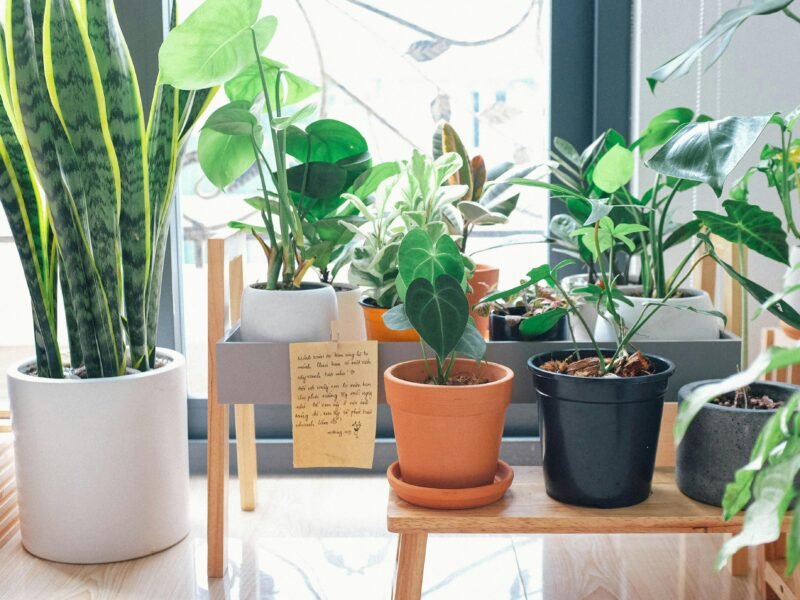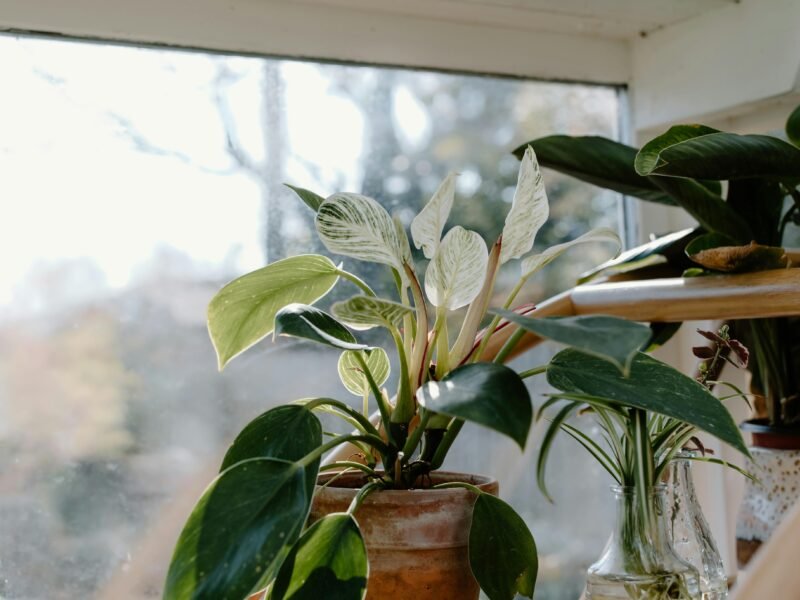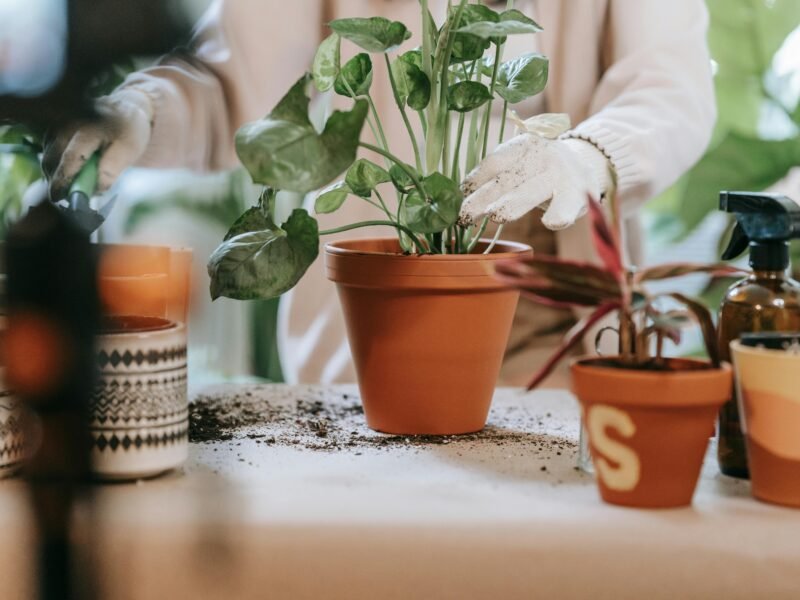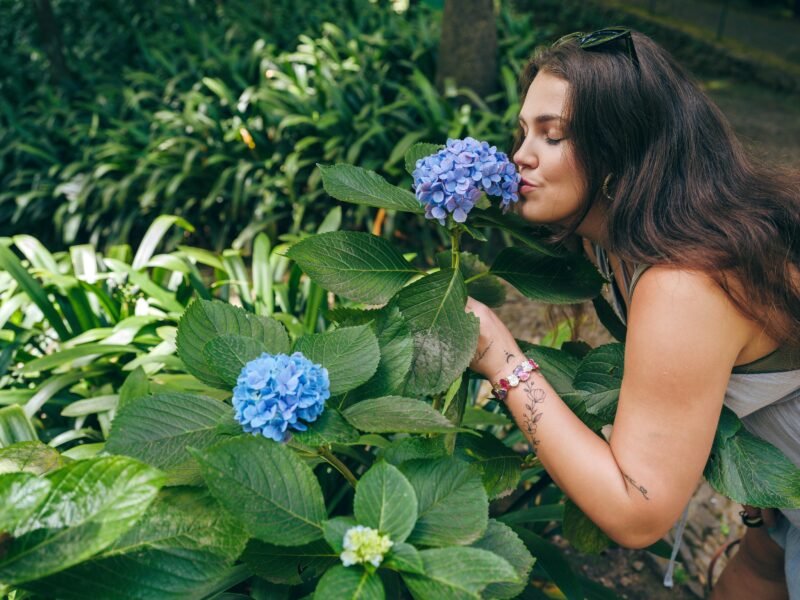String of Pearls Plant
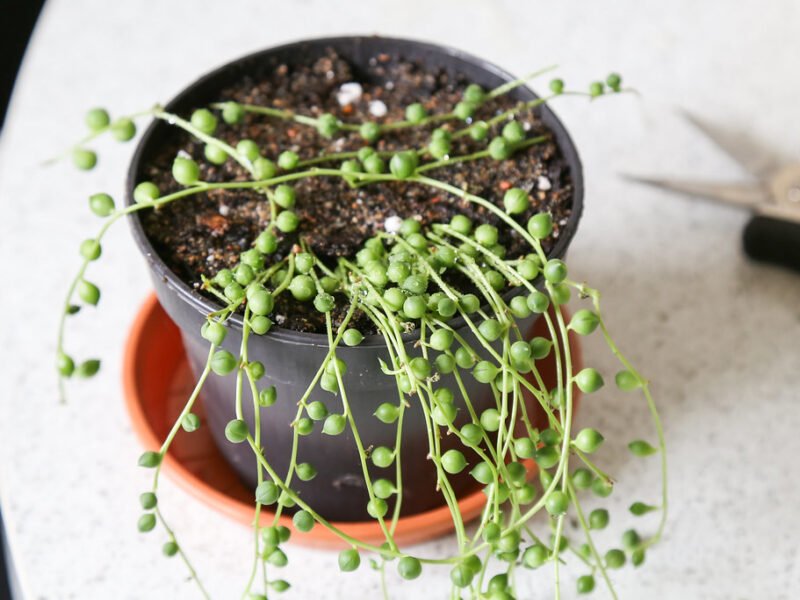
Table of Contents
ToggleString of Pearls Plant For Your Indoor Garden
The String of Pearls plant (Senecio rowleyanus) is an interesting and artistic seed for any home flowerbed. The plant has become popular more than all the novice and veteran growers due to its unique appearance, specific requirements with ease of maintenance. So let us dive in and see why the String of Pearls plant is so unique, how to care for it, and whether this could be the perfect addition to your home.
The String of Pearls Plant
String of pearl plants belongs to the Asteraceae family, and it’s succulent. Native to South Africa, the plant thrives in an arid environment. It is named for its distinctive, bead-like foliage, which resembles a string of pearls. The Spheral Levence Leaves are modified stems that store water; their spherical form enables the plant to survive in arid regions.
The String of Pearls plant has trailing vines that can grow up to 3 feet long, which is why it’s such a popular choice for hanging baskets or perching on shelf edges so you can appreciate how the cascading ball-like leaves look. Its distinctive looks and low-care schedule make it intriguing but fairly simple to include a touch of towel warmth in your inside nursery. You can read more about strings of pearl here.
Types of String of Pearls plant
String of Pearls Plant is a popular succulent known for its bead-like, cascading vines. Several intriguing types of String of Pearls provide a lot to love, even though the regular variety is by far the most popular.
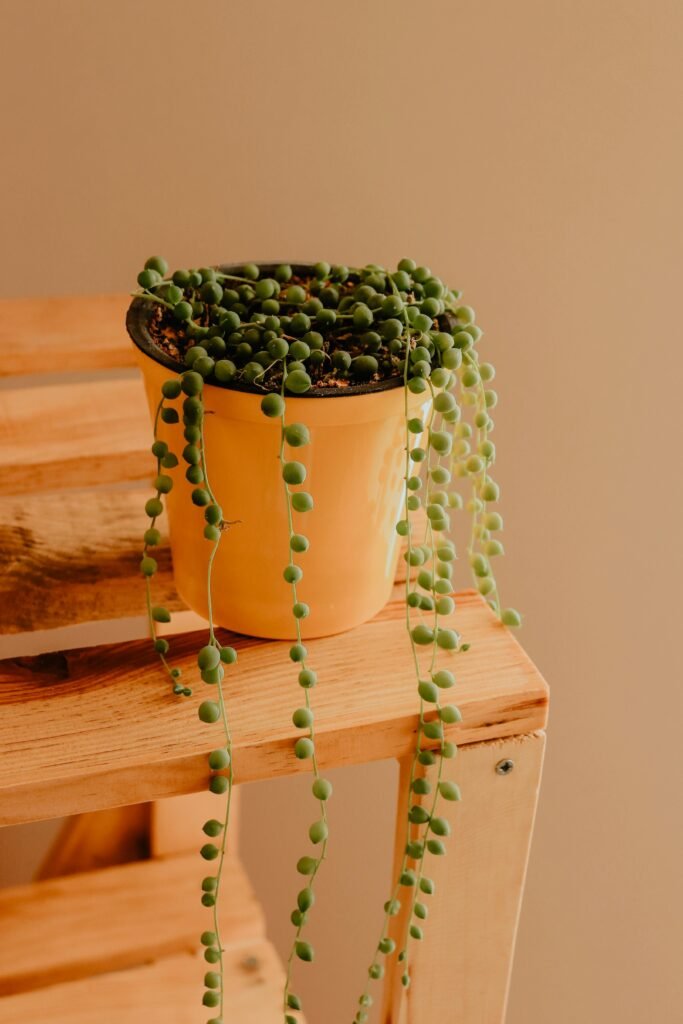
String of Pearls – Senecio rowleyanus: The classic String of Pearls features long, cascading vines covered in tiny spherical leaves that look like beads. People prize this plant for its trailing growth, making it perfect for hanging baskets or higher shelves. It does well in bright, indirect light and porous soil—two easy conditions to mimic at home.
String of Tears: The String of Tears looks a bit like the regular DO, but with more very long teardrop-shaped leaves. The difference is so slight, but it did create a smaller and daintier-looking plant. It needs the same care as your average String of Pearls plant: bright, indirect light and the ability to dry out between waterings.
Banana Plant: When we say it’s not a real type of String of Pearls, we just mean that the plant is related to another, known as String of Bananas. Banana-like leaves cascade from its stems. The overarching dense mature growth of this plant makes it very similar in basic requirements to a string of pearls, which will guarantee that if you can grow one, then the other shouldn’t pose too much problem.
String of Dolphins: String of Dolphins—The dolphin-like-shaped leaves are what make this plant so fun! This newer hybrid, like the traditional String of Pearls, still exhibits a creeping habit and requires bright, indirect light and fast-draining soil.
Variegated String of Pearls: The green hue contrasts with beads that have a creamy white or yellow hue. It has the same care requirements as in most forms but adds a little visual interest with its variegated foliage.
Instead, you can enjoy multiple varieties of these plants, which are all very similar and simple to care for but offer different looks.
Care and Maintenance
One of the main reasons the string of pearls has become popular is that it requires very little maintenance. That being said, there are some unique care tips you need to follow.
When it comes to a String of Pearls plant, the light needs to be bright but not direct. Too much sun can burn the fragrant herb’s dainty leaves, but too little light will create leggy plants that lose their natural compact form. Choose a spot close to the window but with indirect sunlight.
Watering: The String of Pearls is a succulent family plant that requires very little watering. One common mistake is overwatering, which can lead to root rot. Allow the top 4 inches (10 cm) of soil to dry out entirely before you water again. Cut back the watering even more in winter, when your bird of paradise experiences slow growth.
Planting: The plant prefers to grow in well-draining soil. For this purpose, a cactus or succulent mix is ideal. Without proper drainage, water will pool at the bottom of the pot, resulting in root rot.
Temperature: Basil grows best in temperatures generally ranging from 65°F to 75°F (18°C to 24°C). Cool drafts will kill the plant, so ensure the area where you are working with it is warm.
Fertilizer: It’s not a heavy feeder, but it can benefit from occasional fertilizing. During the spring/summer growing season, water your plants with full-strength solutions of nutrient-balanced wet fertilizer. If you apply excessive amounts of fertilizer, it may lead to a significant decrease in growth.
Propagation Tips
The String of Pearls plant is a relatively simple plant to grow, and fortunately, this simplicity also leads to abundance when it comes to propagation! This can be achieved by either dividing the plant or rooting a leaf. Below is a quick step-by-step guide to propagating your String of Pearls plant.
Leaf Cuttings: Take off a couple of leaves from the plant and allow them to dry for up to two days. When they harden, place them on top of a pot filled with succulent soil. Only irrigate as needed until new growth appears.
Root division: If your String of Pearls plant has grown too large, you can divide it. Gently remove the plant from its current flowerpot and divide up those tendrils. Repot these divisions in new pots with fresh soil.
Common Issues and Solutions
The String of Pearls plant is relatively hardy, but it does have its problems to overcome. Here are a few common issues and their solutions:
Yellow leaves: This is typically a sign of too much water. Plant in well-draining soil and water less often. Again, yellowing leaves could also indicate a nutrient deficiency, so use a balanced fertilizer if this continues to be the case. Read more about yellowing leaves here.
The plant’s appearance is naturally tall and leggy; it may be lacking in light. Put it in a brighter place to encourage more ‘fuller’ growth.
Pests: The String of Pearls plant may be plagued by mealybugs or spider mites. Inspect the plant every week for any signs of pests, and treat it with a suitable insecticide immediately, if necessary.
Why String of Pearls?
String of Pearls has a lot going for itself, making it an attractive option for your indoor gardens.
Decoratively, it adds a touch of glamour to any area with its beautiful trailing vines and prolific bead-like leaves. It’s a showstopper and an excellent talking point that suits most interior styles.
Little Maintenance: The String of Pearls plant’s low watering requirements, combined with its high neglect tolerance, make it ideal for busy people or beginners in plant care.
Adaptation: This plant can be grown in various types of containers, such as hanging baskets, shelves, and even larger central planters. This versatility allows it to thrive in any setting.
Purification: The String of Pearls plant, like most other houseplants, will help to cleanse the air in your home by absorbing toxins and releasing oxygen.
The String of Pearls plant makes a unique and intriguing addition to any indoor garden. Plant enthusiasts love it for its unique look and low to medium maintenance. Learn about the care and problems to ensure the survival of your beloved plant. Whether you are an experienced plant lover or a novice, this String of Pearls Plant will undoubtedly become a top favorite in your home.
Most Viewed
Latest Articles










